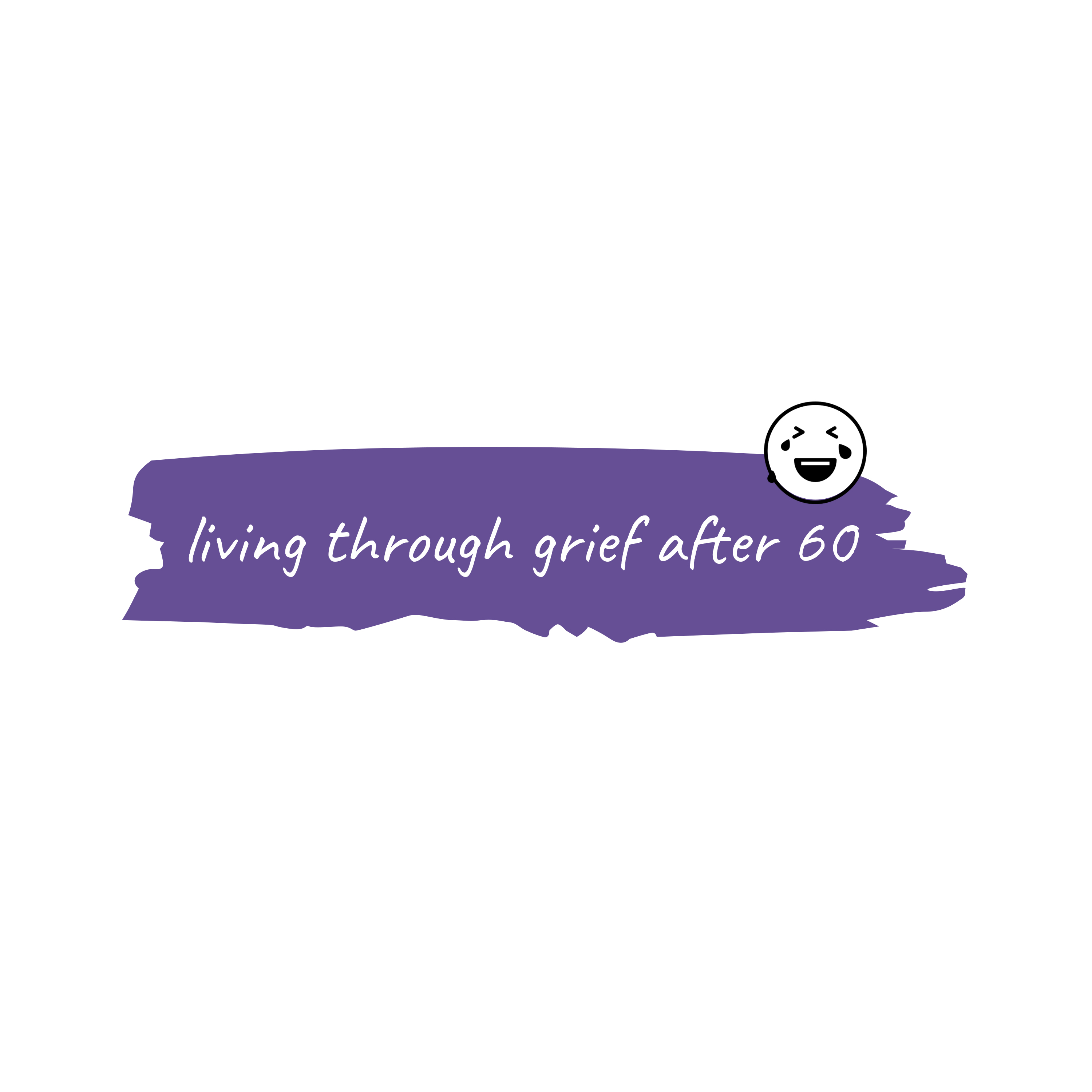This post may contain affiliate links, and I may earn compensation when you click on the links at no additional cost to you.
I recently interviewed Tracey Gendron, Ph.D., author of Ageism Unmasked: Exploring Age Bias and How to End It, written in 2022. While the origins of ageism go back centuries, she also believes there is hope for older adults. A concept she writes about is elderhood, where older adults have value in society despite their age and the physical limitations that go with growing older. As Dr.Gendron noted in her book, growing older “just as accurately describes a sense of wisdom and knowledge as it does physical aches and pains”.
Origins of Ageism Discrimination
Dr. Gendron said that the origins of ageism are very complicated. However, she added that aging involves growth and decline and is part of life. Today in the United States, aging is now associated with disease, which is inevitable as people grow older. However, older people used to be revered in a way they no longer are; today, the belief in the United States is the older you become, the more likely you are to become ill. Once people become older and more vulnerable to illness, people over 60 are less valuable to society at large; it is perceived they no longer have anything of value to contribute to society.
How Ageism Began in the Workplace
Dr. Gendron traced the beginnings of ageism at work to the industrial revolution. Younger people moved from the farms to the big cities to work. Until around the mid-eighteenth century, America was an agrarian society, when people lived and worked on farms. Throughout America’s colonial history, older people were admired for their wisdom and remained active “and productive contributors to the economy and society”. Dr. Gendron wrote “elders were viewed as learned farmers, essential providers, and primary educators of future generations” in an agrarian society.
Once the Industrial Revolution was in full swing, ableism began to be valued. Younger workers were valued over older people. As a result, older people began to be pushed out of the workplace. Dr. Gendron wrote that historian Andrew Achenbaum found that the shift from agricultural society to “industrialization and urbanization from 1860 to 1914 marked a critical turning point in attitudes toward older people, who became widely perceived as a burden on society”. As a result, the switch from agrarian society to the industrial revolution “was the beginning of a long and continued history of segregation of old people, frail people, and people with cognitive and physical disabilities”. Today, society still devalues the contributions of older people in the workplace and in life.
Is Discrimination Toward Seniors the Last ‘Ism’ Still Tolerated?
Dr. Gendron said that ageism is not the only “ism” that is still tolerated, as racism, sexism, heterosexism and of course, ableism. She shared that none of these ‘isms’ is understood by society at large. However, ageism is more invisible because, as Dr. Gendron noted, people don’t understand what it is nor that it even exists. The anti-aging industry that includes wrinkle creams makes ageism more normalized. As a result, ageism is more difficult to recognize than other isms.
How Ageism Layers with Other Forms of Discrimination
Dr. Gendron wrote that ageism “is based on assumptions, judgments, and stereotypes that feed bias and discrimination, and ageism is incited when people in different age groups claim superiority over the other”. Because ageism is universal in that it is part of life and happens to everyone if they live long enough, it intersects with other forms of discrimination.
As a result, ageism adds on to other forms of discrimination. Dr. Gendron gave an example of an African American woman who is over 60 who is also a lesbian. The elderly African American woman who is a lesbian becomes just one stereotype that can discriminate against and become stigmatized in society. Ageism is just one more layer that accumulates in layers of one’s identity; ageism is cumulative as a way to stereotype groups of people. Instead of seeing them as a unique individual who has skills and talents that can help society at large, stereotypes of ageism has resulted in social inclinations to build “more walls and structures to cordon off the old from the young and the abled from the disabled”.
How Ageism Affects People of All Ages
Dr. Gendron noted that ageism affects everyone of all ages. Aging is universal; in many ways, ageism has an effect on everyone. Dr. Gendron said that whether people realize or not, everyone participates in ageism due to their respective ages. A person’s age has an impact on the skill set each generation offers society. Dr. Gendron pointed out that people tend to have different views of baby boomers vs. millennials. For example, baby boomers may think millennials are lazy. Eventually, everyone begins to dread growing older. Subsequently, people’s anxiety about growing older creates a cyclical, internalized ageism about each other’s generation.
How Different Generations Can Learn From Each Other
Dr. Gendron writes about how young and old people tend to see each other. She wrote that “younger people are sometimes vilified and belittled by older people, and older people sometimes feel dismissed and devalued by younger people”. She also writes that relationships between people of different ages (grandparent/grandchild, for example), “nurture the respect, understanding and learning needed to dismantle ageism”. When people of different ages spend time together, they can see the person for who they are and not their age. They begin to realize there is nothing to fear as you get older; you can actually learn from older adults instead of fearing them simply because of their age.
Challenges and Opportunities of Growing Older in 2023
Dr. Gendron said that income inequality is the biggest challenge for seniors in America as they grow older. She also pointed out that today’s infrastructure is not enough to support seniors. A lack of infrastructure affects their health care, housing, and transportation. While income inequality is a challenge for everyone, it hurts older people in particular. Seniors do not have easy access to quality homes, their own transportation, nor quality health care because they don’t the means required to obtain those things. They generally don’t have the means to move from their own homes if they can no longer maintain it; as a result, they have to remain in their homes until they are injured in their own home, such as a fall or cutting themselves. By that time, seniors may have no choice but to go to a substandard assisted living center or nursing home. Consequently, seniors may be more isolated than ever due to limited to no suitable means of transportation.
How Did Society’s Attitudes Towards Aging Lead to a Lack of Infrastructure?
Society’s attitudes toward aging in general may have led to the lack of infrastructure to enable seniors to live a comfortable life. Dr. Gendron wrote that while advances in bio geriatrics and advanced medicine have improved the detection, treatment and prevention of diseases most associated with aging that has greatly improved a senior’s quality of life, heath span and longer life expectancy, the anti-aging movement has also “profoundly influenced the social structures that support ageist thought and practice”. She also wrote that “anti-aging is dangerous because it demeans and marginalizes the very process of living—which is aging”. If a society tends to demean and marginalize older people, a lack of infrastructure that hinders older adult’s ability to access their basic necessities is inevitable.
How Can Seniors Continue to Embrace Aging?
Dr Gendron suggested that everyone can remember we continue developing as we grow older. We become more of who we are as individuals. Seniors need to begin to look at ways they can grow as a person; they can begin to focus on aging as growth. Instead of giving in to negative messages society gives about aging, Dr. Gendron suggested that seniors look forward to more joy in their lives the older they get. Seniors should believe they have something to look forward to in their lives. Older adults should never believe society’s messages that they have nothing to look forward to because of their age. Instead, seniors should look forward to growing older because they have more to experience in life the older they get.
Starting With ‘Why?’
Based on Simon Sinek’s TED talk and book, seniors should “start with why?” to find their motivation to continue with their lives, despite physical limitations.. Someone’s “why?’ may be personal in nature. Some personal reasons, Dr. Gendron wrote, include wanting “to maximize your own health, happiness and well-being”. Another person’s “why? may be motivated by “social justice and equity and the desire for society to treat older people as equals”. Dr. Gendron lists additional reasons seniors may want to ask themselves “why?” to motivate themselves to continuing to live life to the fullest. As seniors continue to age, grow, and reflect, Dr. Gendron found, an individual’s “why?” should continue to deepen and expand based on how they want to live their lives as they age and grow.
Looking Forward to Elderhood Instead of Trying to Avoid It
Dr. Gendron advised that one of the things we can do is begin to see aging as potential instead of decline. If we can begin to realize there is growth beyond young and middle-aged adulthood instead of seeing growing older as a loss, we will understand that seniors still have value and can still contribute the older they get. We will have the ability to contribute as we age. We still have purpose and value at every age; however, we may not be able to move and think as we used to. Everyone regardless of age need to see each other for what we can contribute, no matter our age. This is how we can begin to look forward to elderhood as we age instead of dreading it, Dr. Gendron concluded.
Reflecting On Our Elderhood
Dr. Gendron recommended in her book that people begin. For example, children are asked what they want to be when they grow up, where they want to live and what they want to accomplish in life. Young adults are asked about their careers, spouses, where they want to travel to, and, again, what they want to accomplish in life. However, no future-based questions are asked of our parents and grandparents as they grow older.
Consequently, the future seniors choose for themselves is “linked to our individual life experiences and challenges”. Elderhood is unique for everyone, not one size fits all. Dr. Gendron emphasizes there is no specific pattern, no right way or wrong way, “to approach your vision of your future possible self in elderhood”.
Conclusion
The information presented in Dr Gendron’s interview only touches the surface of her book. Ageism Unmasked: Exploring Age Bias and How to End It is recommended reading for people who want to understand why there is such a bias towards older people. It is also for readers who want to learn to live their lives realizing the best is yet to come as they grow older.
About the Author
The following is from her website:
Dr. Tracey Gendron serves as Chair for the Virginia Commonwealth University Department of Gerontology, as Director for the Virginia Center on Aging and is the author of Ageism Unmasked: Exploring Age Bias and How to End It.
TraceyGendron.com
She is an internationally recognized gerontologist with almost 30 years of experience as a grant-funded researcher and speaks to audiences globally about the real world impact of age bias.
Tracey has a Master’s degree in Gerontology, a Master’s degree in Psychology, and a Ph.D. in Developmental Psychology.

